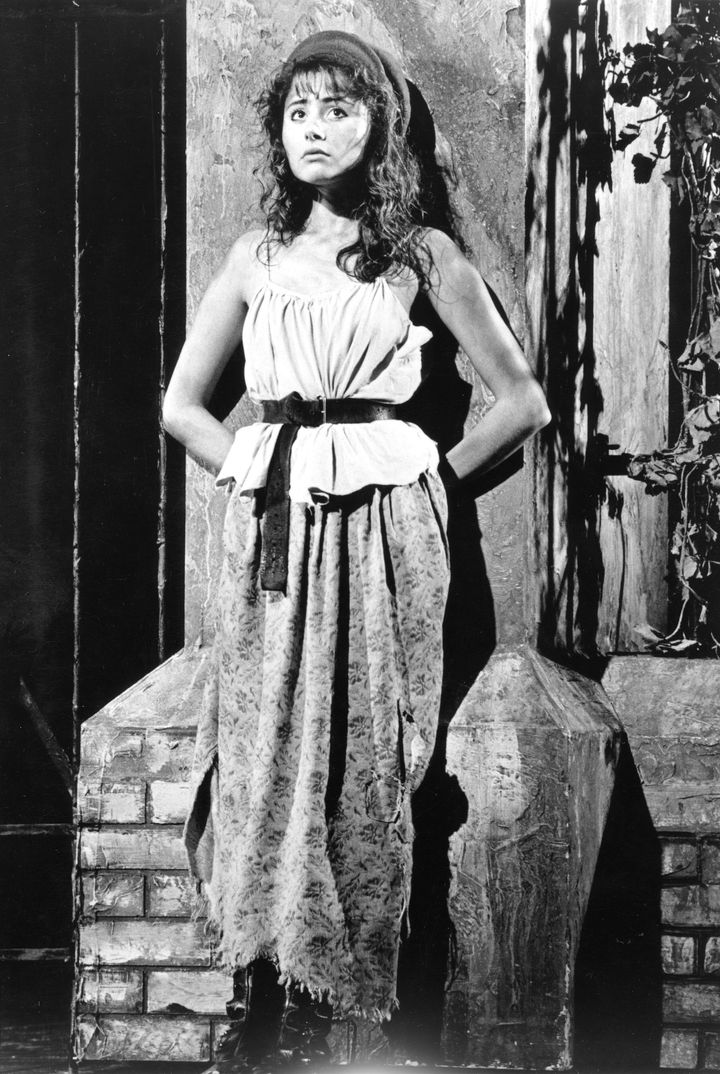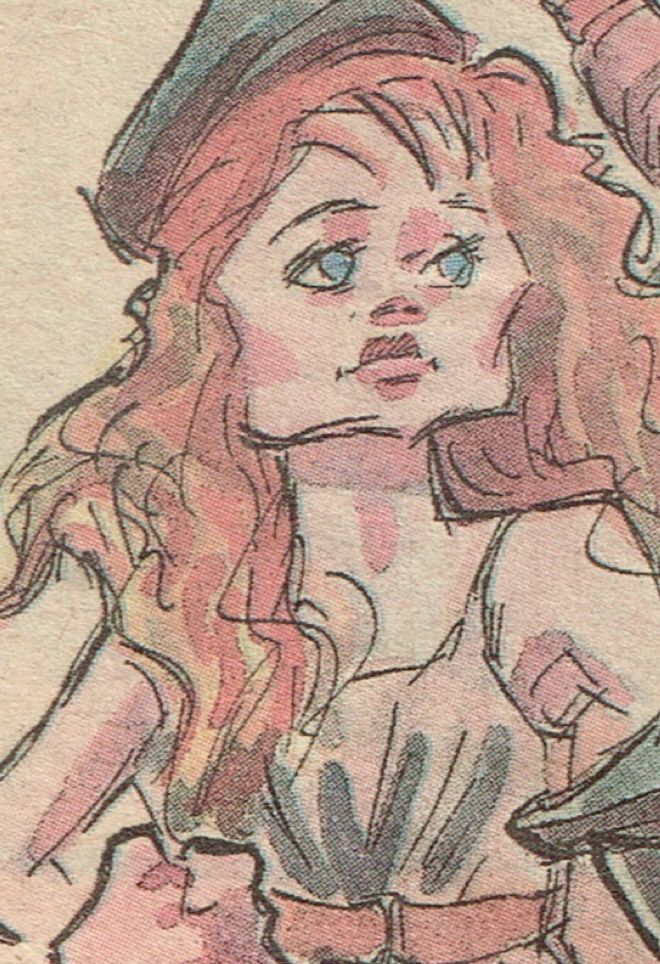The Original Les Misérables Waif Frances Ruffelle Reveals the Secret of The World's Most Successful Musical.
It's incredible to look back after all these years to those days in 1985 spent in the Royal Shakespeare Company's gloomy rehearsal room 60 feet below sea level at the Barbican. Although we were all desperate for clean air and natural light, it was somehow the perfect space to create what is now the most famous musical of all time, and now a multi-million dollar feature film.
Les Misérables was nicknamed by us, the original company, 'The Glums', but that dark, cold rehearsal room became a bright hothouse of creative energy in which the most powerful story evolved - a story about love, suffering, pain and struggle that somehow touches every human emotion. Les Misérables seems to reach out to every audience member in some deeply personal way, perhaps because every country worldwide knows social injustice and everyone in the world has suffered from heartache or the loss of a loved one.
I was 19 when Trevor Nunn told me he wanted me to play the amazing role of Éponine, the waif who suffers from unrequited love and gives up her life in order to deliver a message to the man who can never love her. (Sorry to spoil the story for those who haven't seen it but, hey, more than 60 million people have watched the show and know the story inside out). I was a young cockney girl from the East End of London appearing in Andrew Lloyd Webber's Starlight Express at the time. 'S! The RSC? Me? Oh God the Royal Shakespeare Company - a heavy, serious job!' I sang an Edith Piaf song for French composer Claude-Michel Schönberg and lyricist Alain Boublil (well, I've always thought I was French in a previous life) and Trevor got their approval - but John Caird, his co-director, was not so sure. Still Trevor managed to persuade him and I don't think he regretted his decision because John married me a few years later!

Me as Éponine photographed by Michael Le Pour Trench
On the first day of rehearsal I very nervously turned up in a stupid bright yellow tracksuit to meet the award-winning creative team that Cameron Macintosh had so cleverly put together. The room was packed with extremely experienced actors some of whom were RSC players including Alun Armstrong, Roger Allam and Caroline Quentin (who Trevor remarkably had persuaded to be part of the ensemble!) I felt so young and insecure and, to make things worse, the girl who was cast in the other ingénue role, Cosette (she's the one who gets the guy - oops, I've spoiled it for you again!) was the beautiful Rebecca Caine who'd been plucked out of the Glyndebourne chorus and seemed so sophisticated clutching her daily copy of the Guardian. 'Oh God what have I got myself into? Am I up to this?'

The original London cast whore scene I am in yellow. Again by Michael Le Pour Trench
The whole company spent the first week improvising... from being cartoon characters to being the grotesque, desperate 'misérables' of the title. This was an ensemble piece so even the leading actors had to muck in and play other roles - so I shyly ran around being Woody Woodpecker and a series of sweet little beggars. I loved the twisted physical work we were put through by the choreographer Kate Flatt (queen of distorted body language) who turned us into desperate whores and downtrodden beggars.
Half way through the rehearsal period a new song was written for Jean Valjean (Colm Wilkinson). This turned out to be Bring Him Home. Colm sang it to the company and when he'd finished the whole room went silent - we were all completely stunned and emotional. Our first run-through of the whole piece was a disaster, not because it was bad, but as the show unfolded we all got so emotionally involved in the story that we were complete wrecks by the end, with our flowing tears making it very difficult to sing. 'Bloody 'ell! What are we in?' We all knew this was going to be very, very special.

A charachter of me as Eponine in the New York Times
Months before the start of rehearsal I had fallen in love with the original French version of the stunning music. I had several sessions with Claude-Michel to work on what Trevor and John wanted to be Éponine's bring-the-house-down number On My Own but although the tune and the key had been established the lyrics had not been written. Every day of the last two weeks of rehearsal I was given new lyrics for the song... in fact right through the previews and even on the day of the opening I had new words to learn. It's amazing how a young brain can soak up new stuff with so little trouble.

Singing in Michael Balls arms by Michael Le pour Trench
After a first preview lasting four hours we managed to trim the show down to three and a quarter hours by opening night. We received a standing ovation that night and every night. The audiences went wild but the critics didn't. Terrible reviews - just terrible! Cameron only had a few days in which to take up his option of the Palace Theatre! To our surprise he bravely announced the West End transfer and with the help of amazing word-of-mouth audience response and some clever publicity (I was popped onto the Wogan show to sing On My Own (with, oh yes, even more new lyrics) the audiences won the day. But little did I, or anyone else know, that 27 years later the show would still be able to sell itself on the quite genuine slogan from that first year. 'Fight to Get a Ticket'.
Les Misérables - Feature film is released on 11 January.
Frances Ruffelle will be appearing in the Les Misérables feature film and will be playing the title role in Piaf at the Curve Theatre, Leicester from February 21
